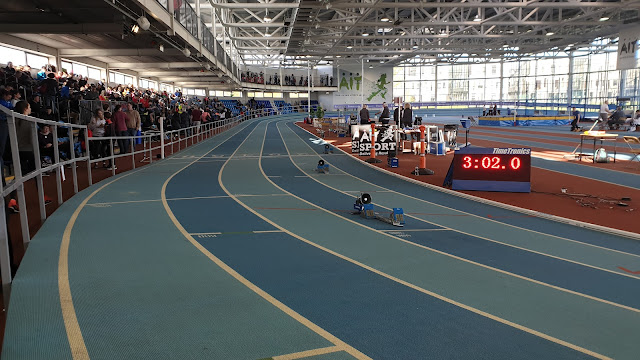I think racing the way we're used to is gone forever. There! I've said it. No more long queues at the portaloos before the start. No more corrals with 1,000 runners touching, shaking hands, and wishing each other luck. No more post-race hugs and tears, not unless you're part of the same household. So let's reverse engineer a race and see if we can come up with a picture
Social distancing
So, there are 10,000 of us converging into one spot in the city. How can you make sure we all observe social distancing? That's a bit of an issue unless we're running in the desert or high in the mountains where there are acres to spare.
The queueing system
We start by creating an orderly queue. In fact, we create many orderly queues around the access area to prevent overcrowding. First of all, the zone must be cordoned off for the queue system to work. Otherwise, everybody does what everybody does when there's no system in place: we invade the zone. So, all runners stand in line, 2 metres apart from each other waiting patiently. This initial zone has to work as a buffer and filter runners towards the bag drop area, portaloos and corrals: It must be big enough to hold a large number of runners observing social distancing. It must also operate in a one way system to prevent people clogging the paths while moving from one area to the next. Sheesh! This is getting complicated already!
The buffer zone
As runners enter the access area (a.k.a. the buffer zone) they must stay in a line. No stopping to chat, no stopping to get changed. I suppose that throws another spanner in the works. Do you allow runners to get changed inside? Or do you make them turn up race-ready with their clean clothes in a bag? It depends on how long you have to wait until the start of the race and what weather you expect. I'm fearing that all these new measures mean longer waiting times and more starting waves. At my last race we all got changed in the sports hall of a small community college. It was so cramped you had to coordinate your movements with the two runners next to you so you didn't poke each other's eyes putting on your singlet.
The corrals
This is where it gets interesting. You can't have waves of 1,000 runners per corral anymore so what do you do? Waves of 1,000 with sub-waves of 20? Each wave starting at a different time of the morning? Elites at 5am; club runners wave 1 at 6am, and so on and so forth? Imagine you're in the last wave! You'll be lucky to start your race before dinner time!
Of course, an easier alternative to all this is to make sure everybody running the race is healthy on race day. That way, you can carry on with the organisation the way it is nowadays... without spectators. And how do you ensure everyone is healthy on race day? Well, you check them one by one as they enter the starting area. How do you do that? You form an orderly queue, of course.

Comments
Post a Comment